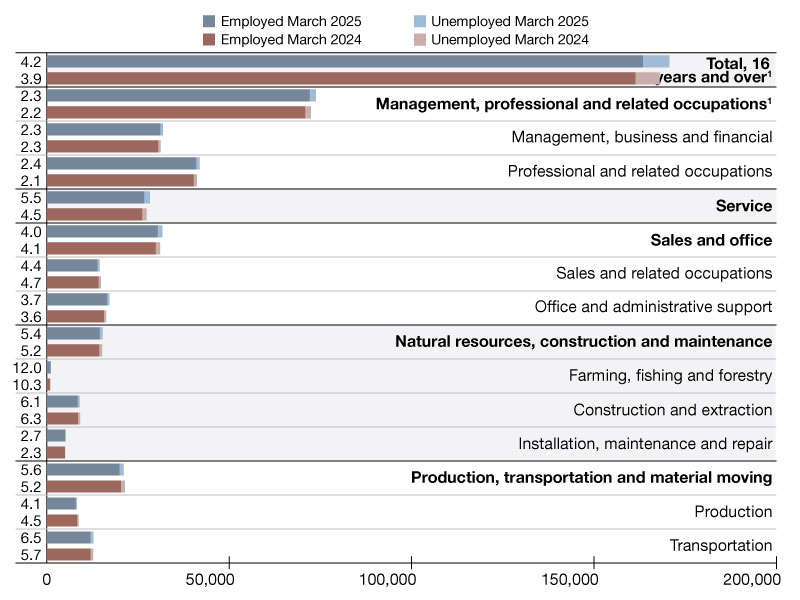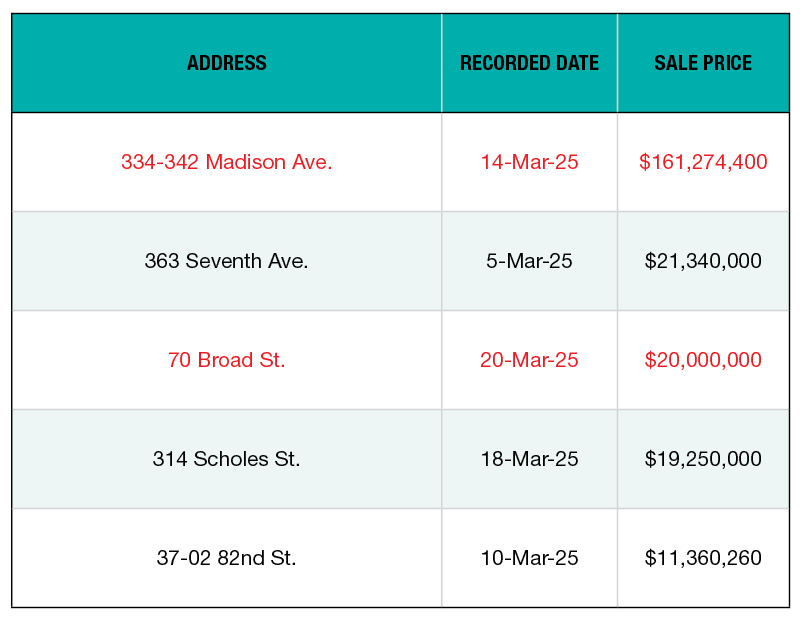Regional Banks Retreat as CRE Loans Mature
How the stepped-up risk of bank defaults is impacting new financings and existing loans.

Financial markets are set to absorb $2.0 trillion in commercial real estate debt maturities between 2024 and 2026, of which an estimated $679 billion is potentially troubled debt, according to a report from Newmark.
The report noted that this debt will mature at significantly higher refinancing costs than when the loans were originated. Therefore, many loans are underwater or nearly so, especially debt on office and multifamily properties, which lost value after the pandemic and rise in commercial interest rates.
This debt crisis is putting regional banks at greatest risk for failure because they’ve played the largest role in funding commercial real estate projects since the Great Financial Crisis, and hold the largest share of this debt, said San Francisco-based David Bitner, executive managing director of Global Research at Newmark. He noted that large national banks decreased their CRE exposure from 10 percent to 6 percent following the GFC, so regional banks stepped up to fill the funding gap.
When the Federal Reserve dramatically increased the money supply to all banks in 2021 and 2022, regional banks were able to funnel a whole lot of money into CRE, Bitner continued. He noted, for example, that in the second half of 2022, regional banks increased their CRE exposure by $181 billion, when the average level in 2019 had been just $50 billion.
“They did two years’ worth (of lending) in six months, and they did this huge increase at the top of the market!” he emphasized. “Look, anytime you do an increase in lending at the top of the market and then a ton of asset values come down, there’s a chance for there to be troubles.”
Most of the lending by regional banks was for office and multifamily, both of which dropped in value, Bitner added. For example, he noted that apartment REIT revenue dropped 22 percent on a total returns basis as of mid-May compared to Dec. 31, 2021, according to the Dow Jones Apartment REIT index. So from a price perspective, assets were down more than 30 percent.
Not too big to fail

Five regional banks failed last year, another one (Republic First Bank) in Q1 2024, and more are at risk. In late May, for example, Citi Bank analyst Benjamin Gerlinger downgraded Arkansas-based Bank OZK stock from “buy to sell” due to substantial concerns regarding the bank’s largest individual loans: $915 million for a multi-use project in Atlanta called Echo Street West and $740 million in financing for a life science project in San Diego’s Sorrento Mesa district, where life science leasing has been slow, according to a Cushman & Wakefield report.
While Bank OZK had a total allowance for credit losses of $536.9 million on March 31, the analyst noted that these reserves could deplete quickly if several large loans encounter problems simultaneously. The downgrade reduced the bank’s stock price, wiping out about $800 million in equity.
The bank is a standout in the regional back crowd for the size of the projects it has committed to and for how it has remained active while others withdrew. In a January interview with CNBC, Bank OZK CEO George Gleason said “it was business as usual for the bank” in 2023 with loans and deposits each growing over 25 percent. The bank’s strong balance sheet enabled it to capitalize on the absence of competitors, according to Gleason, and its insistence on low leverage provided a “cushion.”
And earlier this month, Moody’s put six regional banks on review for possible downgrade due to their real estate exposure. Those banks are: First Merchants, Old National Bancorp, Fulton Financial Corp., F.N.B. Corp., Peapack-Financial and WaFd Inc., according to Bloomberg.
Bitner said that Newmark ran a scenario based on a 10 percent across-the-board bank loss nationwide. It looked at how many banks, the percentage of bank assets, and how much CRE debt would be in banks that would be below the bank regulator’s minimum leverage ratio of 5 percent. “And what we found is that in a 10 percent loss scenario, 20 percent of banks in this country would’ve a leverage ratio below the minimum threshold,” he noted.
This does not mean these banks would necessarily fail, Bitner remarked, but they’d have to do something to remain solvent, like sell off loans to raise capital or go out and issue shares of stock to raise capital. “And this would be difficult given that capital markets aren’t favorable to banks with capital inadequacy issues,” he added.
The good news is the debt crisis is a concentrated risk for banks with high levels of CRE exposure. Bitner noted that deposit flight to larger banks, for the most part, has ceased, but there is still latent risk for failure depending on how these banks invest their capital.

Jeff Saul, general manager of Built Technologies, a construction and real estate finance technology provider, noted that Starwood Capital CEO Barry Sternlicht recently suggested that, due to unfavorable banking conditions for real estate investing, one regional or community bank could fail per day—if not once every week.
“That’s certainly an extreme outcome but does speak to the level of risk in today’s market and how loan maturities are putting pressure on commercial real estate portfolios,” he said.
“It wouldn’t be surprising to see 10-20 more regional banks fail this year.” Saul added, suggesting that banks with high exposure to office properties and a lower relative percentage of deposits insured by the FDIC are the most at risk as this contributes to a liquidity crunch during times of stress.
Construction lending pullback
Three banks failed in the first half of 2023 mainly because customers withdrew deposits over just a few days, illustrating how large totals of uninsured deposits can severely weaken a bank’s ability to weather an economic storm that affects its customers and/or balance sheet, according to an article by a senior examiner at the Fed.
Shlomi Ronen, managing principal & founder of Dekel Capital, contended, however, that regional banks aren’t struggling currently from a credit/bad loan standpoint but have been challenged over the last 18 months by the lack of CRE loan payoffs, which typically provide them the capacity to lend.
“Regional banks have not been aggressively lending and to the extent they did, a large portion of their lending was floating rate, so they were unable to take advantage of the higher rates we are seeing today,” Ronen added.
Regional banks, with Bank OZK leading the pack, have been especially active in construction lending, so the pullback in funding has had a negative impact on the construction pipeline. “This is one of the factors holding back new development over the past 18 months,” Ronen said. “They stepped back into the lending market in a relatively significant way in 2024, but the development pipeline will remain constrained in major markets due to increased construction costs, low rent growth and higher yield on cost thresholds from equity investors.”

Saul also noted that fewer projects are being proposed, so there is less demand for capital, which has mitigated supply constraints.
Loan maturities, however, continue to be the biggest threat to regional banks with high CRE exposure. So far, lenders have been willing to work with borrowers, the majority of which are pursuing short-term loan extensions with the hope that interest rates will soon come down, according to Alex Gregoire, senior manager in Strategy and Transactions at EY. She noted that a significant amount of delayed loan maturities will come due in late 2024 and early 2025.
With no major rate cuts in sight, Bitner stressed that banks should face the inevitable and address the situation head-on, rather than prolong the issue, which could lead to stagnation. Going forward, regional banks will need to reduce their CRE exposure by engaging in very little lending or highly selective new lending, and some will need to recapitalize before focusing on new business, he said.
Meanwhile, Bitner said, this gap in the funding market is an opportunity for alternative sources like CRE debt funds, which have buckets of capital to invest, to enter the lending market. Saul noted that the higher rates are already activating hard money and other non-bank lenders to provide quality loans, which were previously provided by banks at lower rates.







You must be logged in to post a comment.